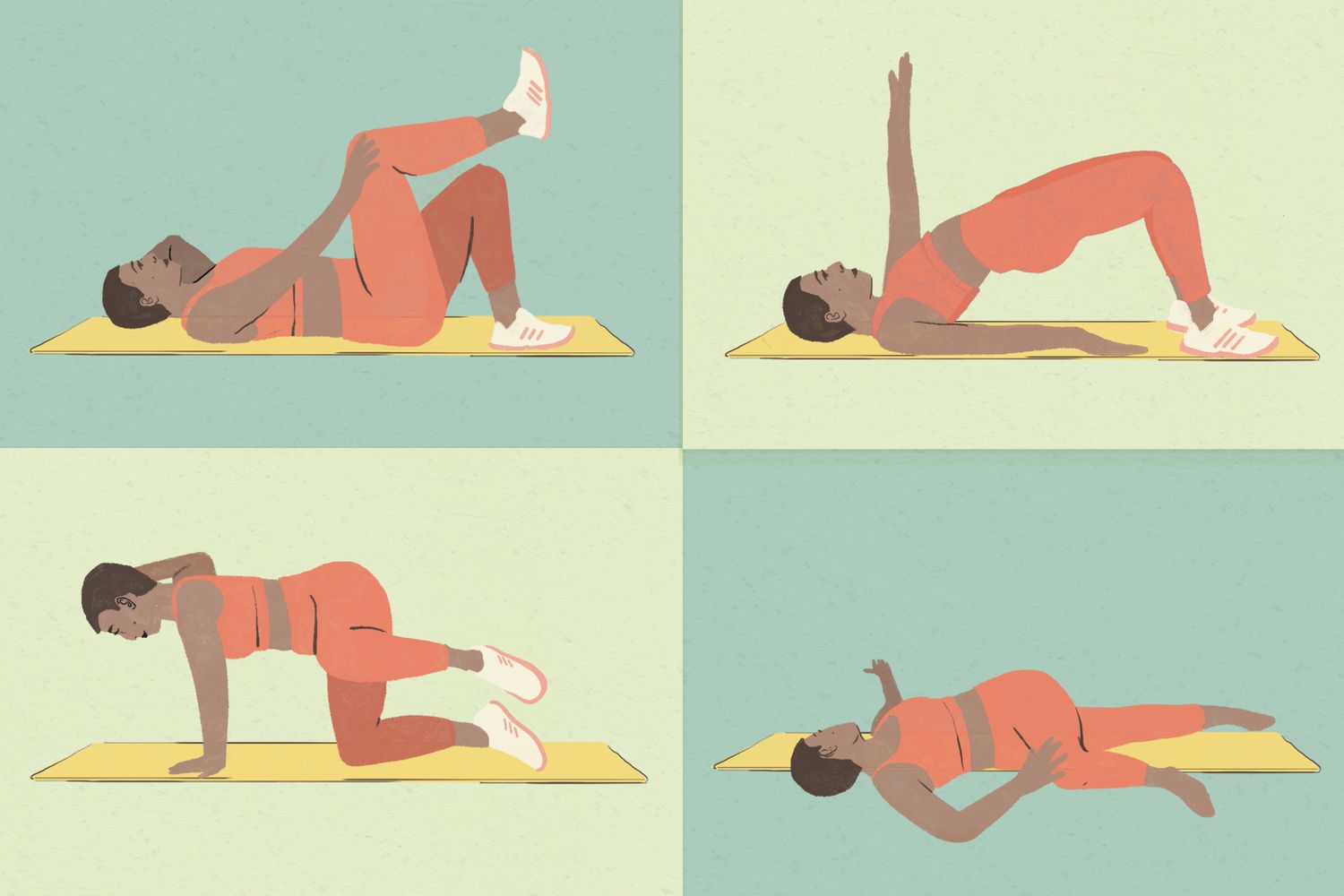Many of us find ourselves spending long hours sitting at desks or gaming in our spare time.
While this sedentary lifestyle might seem comfortable initially, it often leads to new aches and pains. Issues such as “tech neck” and anterior pelvic tilting are becoming increasingly common due to poor posture and prolonged sitting. Fortunately, incorporating posture exercises into your daily routine can help alleviate these discomforts and improve your overall health.
Understanding Postural Issues
Tech Neck: This condition arises from tilting your head forward and looking down at your phone or computer screen for extended periods. The strain on your neck muscles can lead to soreness, stiffness, and even headaches.
Anterior Pelvic Tilting: Sitting for long hours can cause your pelvis to tilt forward, leading to an exaggerated arch in the lower back. This misalignment can result in lower back pain and affect your overall posture.
Proper posture is crucial for maintaining good health and preventing musculoskeletal issues. It ensures that your body is aligned correctly, reducing the strain on your muscles and joints. Poor posture, on the other hand, can lead to a host of problems, including chronic pain, reduced flexibility, and impaired circulation. By making conscious efforts to improve your posture, you can enhance your well-being and prevent long-term health issues.
Simple Exercises to Improve Posture
Incorporating specific exercises into your daily routine can help correct poor posture and alleviate related discomforts. One effective exercise is the “Cat-Cow” pose from yoga, which stretches and strengthens the spine, promoting better alignment.
Cat-Cow Pose:
- Start on your hands and knees in a tabletop position.
- Inhale as you drop your belly towards the mat, lifting your head and tailbone upwards (Cow Pose).
- Exhale as you draw your belly to your spine and round your back towards the ceiling (Cat Pose).
- Repeat this sequence several times, flowing smoothly between the poses.
This exercise helps to mobilise the spine and relieve tension in the neck and back, making it particularly beneficial for those suffering from tech neck and anterior pelvic tilting.

Setting Up an Ergonomic Workstation
To prevent postural issues, it’s essential to set up your workstation or gaming area correctly. Here are some tips to ensure an ergonomic setup:
- Monitor Position: Place your monitor at eye level, about an arm’s length away from you. This prevents the need to tilt your head up or down.
- Chair Support: Use a chair that supports the natural curve of your spine. Your feet should rest flat on the floor, and your knees should be at a 90-degree angle.
- Desk Height: Ensure your desk is at a height where your forearms can rest comfortably parallel to the ground while typing.
- Frequent Breaks: Take breaks every 30 minutes to stand up, stretch and move around. This helps to reduce the risk of developing musculoskeletal issues and promotes better circulation.
Beyond improving posture, regular movement throughout the day has numerous health benefits. Studies have shown that frequent breaks from sitting can reduce the risk of developing serious health conditions such as cardiovascular disease, cancer, and type 2 diabetes. Incorporating movement into your daily routine not only alleviates physical discomfort but also contributes to overall health and longevity.
Seeking Professional Help
If you’re experiencing persistent pain or discomfort despite trying these adjustments, it’s important to seek professional advice. A physiotherapist can assess your posture and provide personalised exercises and treatments to address your specific issues. They can also offer guidance on maintaining proper form and preventing further injury.
Incorporating posture exercises into your daily routine is a proactive step towards alleviating pain and improving your overall health. By understanding the common issues associated with poor posture, setting up an ergonomic workspace, and staying active throughout the day, you can significantly enhance your well-being. Remember, small changes can make a big difference, and maintaining good posture is essential for a healthy, pain-free life.
